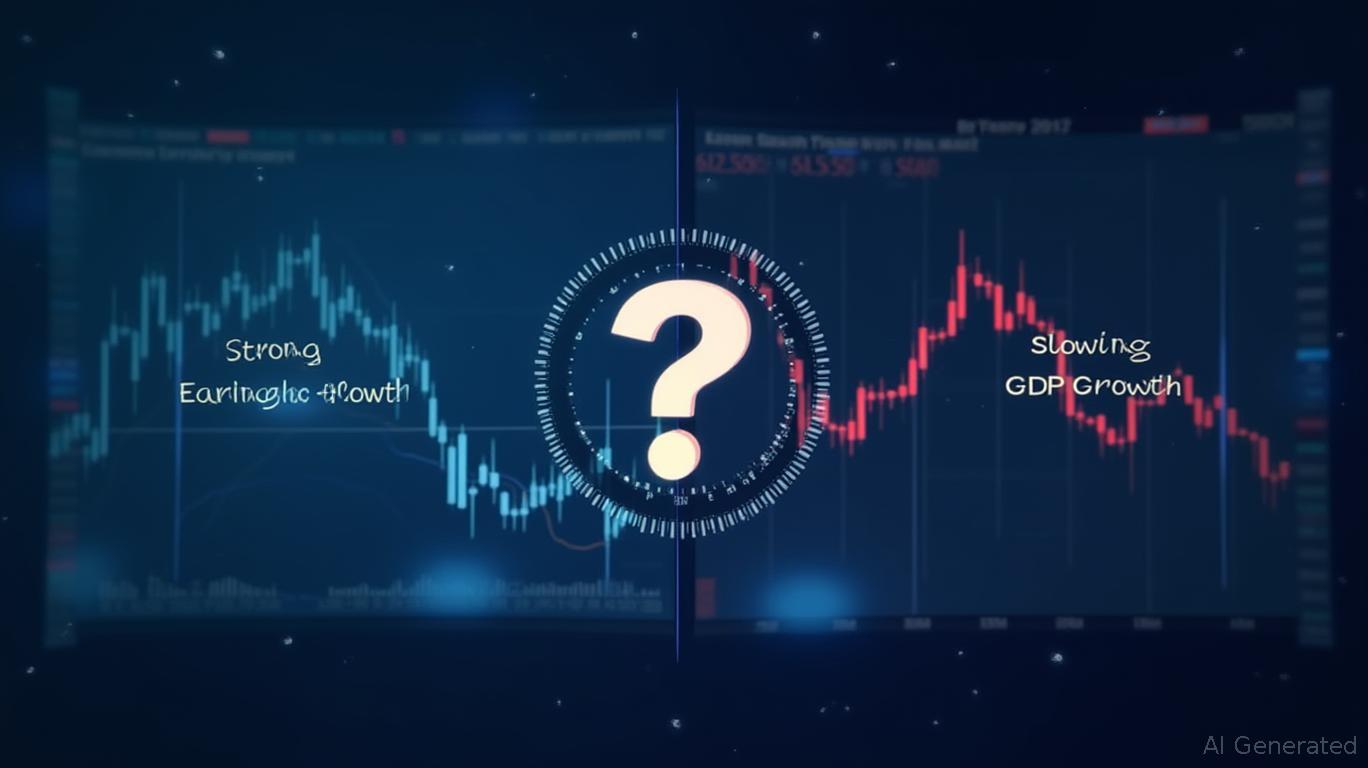AInvest Newsletter
Daily stocks & crypto headlines, free to your inbox
The financial markets are rarely unanimous in their messaging. Investors today face a cacophony of signals—from economic data, corporate earnings, geopolitical events, and even algorithmic trading patterns—that often contradict one another. How should investors respond when conflicting information undermines decision-making? The answer lies in applying a structured, prioritization-focused framework to cut through the noise.

Consider the current environment.
. The equity market's resilience contrasts sharply with declining bond yields, which often signal economic pessimism. Such divergences are not anomalies; they are the norm. The key is to treat conflicting signals as puzzles to decode rather than problems to panic over.When faced with contradictory data—say, a company's surging revenue paired with dwindling margins—avoid the temptation to dismiss one factor. Instead, frame the ambiguity as a diagnostic opportunity. Ask: “What assumptions underpin these conflicting signals?” For instance, rising revenues might reflect aggressive pricing, while shrinking margins could signal supply-chain inefficiencies. Both could be true—and both must inform your analysis.
Not all signals hold equal weight. Short-term noise (e.g., quarterly earnings surprises) and long-term trends (e.g., demographic shifts) require different responses. . High-frequency traders might react to daily swings, but long-term investors should focus on structural trends. When in doubt, anchor decisions to your investment horizon.
Conflicting signals often stem from incomplete information. For example, a company's rising stock price (positive sentiment) and falling production output (negative fundamentals) might coexist if the market is betting on a turnaround. Dig deeper: Are the fundamentals deteriorating because of temporary factors like weather, or systemic issues like regulatory risk?
When conflicting signals paralyze decisive action, diversification becomes a strategic tool. If the tech sector is booming but the energy sector is stagnating, consider allocating to both—but with a bias toward the sectors showing the strongest fundamentals. This approach mitigates risk without requiring perfect clarity.
The market's inherent contradictions are not flaws—they are features. Investors who treat conflicting signals as a call for disciplined analysis, rather than a reason to freeze, will find opportunities where others see chaos. As the old adage goes: “In uncertainty, strategy triumphs over emotion.”
. The small-cap index's lagging returns versus large caps highlight a current conflict in market sentiment—a divergence worth exploring for sector-specific insights.In the end, the greatest risk isn't conflicting signals themselves, but the failure to address them with clarity and purpose.
Dive into the heart of global finance with Epic Events Finance.

Oct.14 2025

Oct.14 2025

Oct.14 2025

Oct.13 2025

Oct.13 2025
By continuing, I agree to the
Market Data Terms of Service and Privacy Statement
Daily stocks & crypto headlines, free to your inbox
What are the potential implications of Michael Burry's short position on AI for the tech industry?
How might the failure of the US Senate to pass a temporary funding bill affect the global economy?
How will the UPS plane crash and explosion impact the logistics sector?
How will the negotiation of deals with Eli Lilly and Novo Nordisk for weight-loss drugs at reduced prices via Trumprx affect the pharmaceutical industry?
Comments
No comments yet